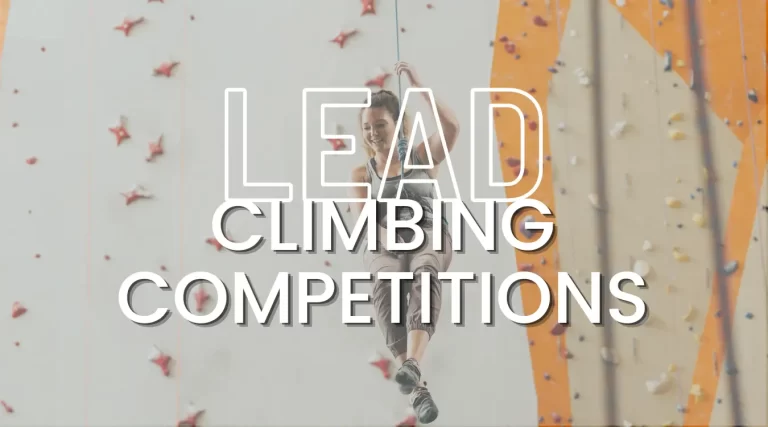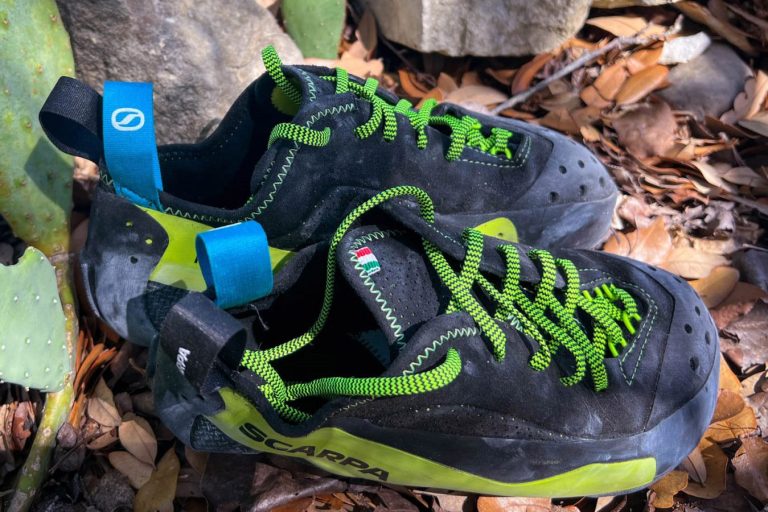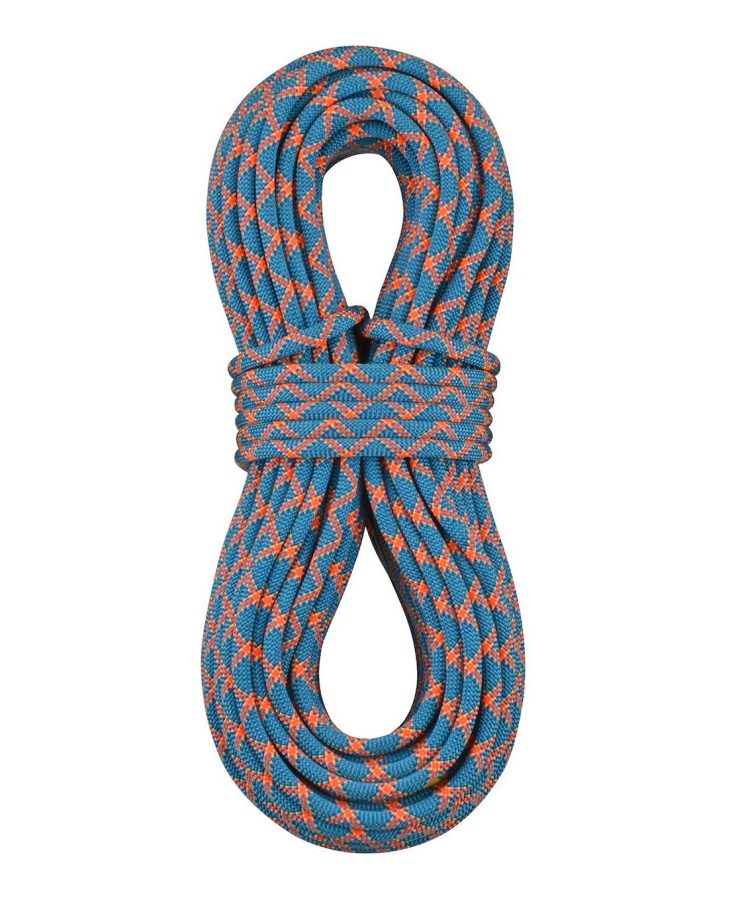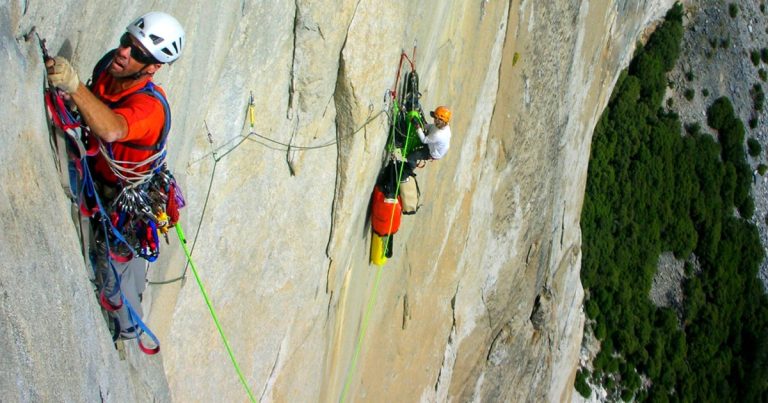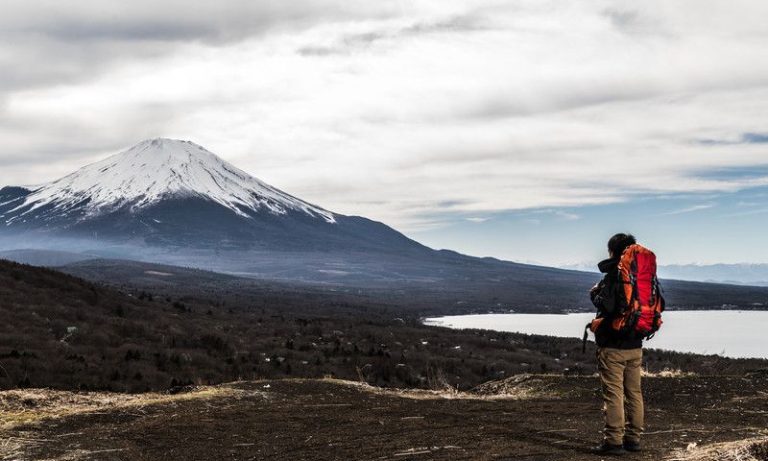Capturing the Thrill: Tips for Climbing Photography
Introduction
Climbing photography is the art of capturing images of climbers and their surroundings while they are scaling the heights of a mountain, cliff, or any other vertical structure. It is a unique and challenging form of photography that requires a combination of technical skills and a passion for adventure. The goal of climbing photography is to capture the thrill, excitement, and beauty of the climbing experience and share it with others.
The purpose of this article is to provide tips and techniques for those who are interested in capturing the thrill of climbing through photography. Whether you are a seasoned climber or just starting out, these tips will help you take your climbing photography to the next level.
Essential Equipment for Climbing Photography
To be successful in climbing photography, it is important to have the right equipment. The following are the essential items that you should have in your climbing photography kit:
Camera and Lenses
The camera is the most important piece of equipment for climbing photography. A good camera should have a high resolution, fast autofocus, and the ability to shoot in RAW format. When it comes to lenses, a wide-angle lens is a must-have for capturing the grand landscapes and panoramic views. A telephoto lens is also useful for capturing close-ups of climbers and their surroundings.
Tripod and Monopod
A tripod or monopod is essential for stable shots, especially when shooting in low light conditions or with a slow shutter speed. When choosing a tripod, look for one that is lightweight, compact, and sturdy. A monopod is a good alternative for those who want a more portable option.
Filters
Filters can enhance your climbing photography by adding depth and texture to your images. Neutral density filters are great for reducing the amount of light that enters the lens, allowing for longer exposures and smoothing out moving water or clouds. Polarizing filters can also help to reduce glare and increase the saturation of colors.
Other Accessories
Other accessories that can be useful for climbing photography include extra batteries, memory cards, and a protective camera bag. A remote shutter release can also be helpful for taking shots without having to touch the camera, which can cause camera shake.
Preparation and Planning
In addition to having the right equipment, preparation and planning are key to capturing great climbing photos.
Research the Climbing Route
Before heading out on a climb, research the route and determine the best times and angles for shooting. This will help you to be in the right place at the right time to capture the best shots.
Check the Weather Forecast
Check the weather forecast for the day of the climb and plan accordingly. If the weather is overcast, for example, you may want to bring a tripod or plan to shoot at a slower shutter speed.
Pack Light
When climbing, it is important to pack light to reduce the weight you have to carry. This is especially important when it comes to photography equipment. Choose only the essentials and leave behind any unnecessary items.
Safety Considerations
Safety should always be your top priority when climbing. Make sure to follow proper safety procedures and always be aware of your surroundings. When taking photos, make sure that you are not putting yourself or others in danger.
Composition Techniques
Composition is an important aspect of climbing photography and can greatly impact the overall look and feel of your images. The following are some composition techniques that can help you to capture stunning climbing photos:
Rule of Thirds
The rule of thirds is a basic principle of photography that involves dividing the frame into three equal parts horizontally and vertically. By placing your subject along one of these lines or at one of the intersections, you can create a more balanced and visually appealing image.
Leading Lines
Leading lines are lines within the frame that lead the viewer’s eye towards the subject. These can include paths, ropes, and other elements within the scene. Using leading lines can help to create a sense of depth and draw the viewer into the image.
Framing
Framing is a technique that involves using elements within the scene to frame the subject. This can include tree branches, rock formations, and other natural elements. Framing can help to add interest and focus to your images.
Negative Space
Negative space is the area around the subject that is left unoccupied. By incorporating negative space into your images, you can create a sense of balance and draw attention to the subject.
Capturing Action Shot
Capturing action shots while climbing can be challenging, but with the right techniques, you can get great results. The following are some tips for capturing action shots:
Shutter Speed
When capturing action shots, it is important to use a fast shutter speed to freeze the motion. A shutter speed of at least 1/500th of a second is recommended for capturing fast-moving climbers.
Burst Mode
Burst mode allows you to take multiple shots in quick succession, increasing your chances of capturing the perfect shot. When using burst mode, make sure to hold the camera steady and follow the action as it unfolds.
Panning
Panning involves moving the camera in the direction of the subject to capture a sense of motion. When panning, it is important to follow the subject and keep the shutter speed slow to create a blurred background.
Anticipation
Anticipation involves predicting the movement of the subject and being ready to take the shot when the action unfolds. This requires paying close attention to the subject and anticipating their movements. By anticipating the action, you can be ready to capture the shot at just the right moment.
Capturing Scenic Shot
Capturing scenic shots while climbing can be just as challenging as capturing action shots, but with the right techniques, you can create stunning images. The following are some tips for capturing scenic shots:
Finding the Best Angle
When capturing scenic shots, it is important to find the best angle to showcase the beauty of the surrounding landscape. This may involve moving around and trying different angles to find the one that works best.
Using Natural Light
Natural light is the key to capturing great scenic shots. Try to shoot during the golden hours, which are the hours around sunrise and sunset when the light is soft and warm.
Long Exposures
Long exposures can be used to capture the movement of clouds or water, adding a sense of movement and dynamism to your images. When using long exposures, it is important to use a tripod to keep the camera steady.
Capturing Reflections
Reflections can add an extra layer of interest and beauty to your scenic shots. Look for opportunities to capture reflections in bodies of water, puddles, or other reflective surfaces.
Capturing Portraits
Capturing portraits of climbers can be a great way to showcase the thrill and excitement of the climbing experience. The following are some tips for capturing great climbing portraits:
Capturing Emotion
When capturing portraits, it is important to capture the emotions and expressions of the climber. Look for moments when the climber is focused, determined, or experiencing the thrill of the climb.
Lighting Techniques
Lighting is key to capturing great portraits. Look for natural light sources such as the sun or the sky and use these to illuminate the climber’s face. If necessary, you can also use reflectors or flash to add additional light.
Background
The background of your portrait can greatly impact the overall look and feel of the image. When capturing portraits, look for interesting backgrounds that complement the climber and add to the story of the image.
Posing
Posing is an important aspect of portrait photography. Encourage the climber to relax and find a comfortable position that showcases their strength and determination.
Post-Production
Post-production is the process of editing and enhancing your climbing photos after they have been taken. The following are some post-production techniques that can help you to create stunning climbing photos:
Editing Software
There are many editing software programs available that can be used to enhance your climbing photos. Some popular options include Adobe Lightroom and Photoshop.
Adjusting Exposure and Color
Exposure and color correction are important aspects of post-production. Make sure to adjust the exposure and color of your images to match the scene and bring out the best in your photos.
Cropping and Straightening
Cropping and straightening your images can help to improve the composition and remove any distracting elements from the scene.
Adding Effects
Effects such as saturation, sharpening, and noise reduction can also be added during post-production to enhance the overall look of your images.
Marketing and Sharing Your Work
Once you have captured and edited your climbing photos, it is time to share them with the world. The following are some ways to market and share your work:
Building a Portfolio
Building a portfolio of your climbing photos is a great way to showcase your work and attract new clients or customers. You can create a portfolio using a website, online platform, or print portfolio book.
Social Media
Social media is a powerful tool for sharing your climbing photos with a large audience. Platforms such as Instagram, Facebook, and Twitter can be used to share your work, interact with followers, and connect with other photographers and climbers.
Print Sales
Selling prints of your climbing photos is a great way to monetize your work. You can sell prints through your website, online platforms, or at exhibitions and events.
Exhibitions
Exhibitions are a great way to showcase your work and connect with other photographers and climbers. You can participate in local exhibitions, photography competitions, or create your own solo exhibitions.
Challenges and Solutions
Climbing photography comes with its own set of challenges, but with the right preparation and techniques, these can be overcome. The following are some common challenges and solutions:
Weather Conditions
Weather conditions can greatly impact the quality of your climbing photos. To overcome this challenge, be prepared for all types of weather and have the right equipment and clothing to protect yourself and your camera.
Lighting Conditions
Lighting conditions can also greatly impact the quality of your climbing photos. To overcome this challenge, be aware of the lighting conditions and adjust your camera settings accordingly.
Safety Concerns
Safety is a major concern when it comes to climbing photography. To overcome this challenge, make sure to follow proper safety procedures and always be aware of your surroundings.
Equipment Malfunction
Equipment malfunction can be a major problem when climbing. To overcome this challenge, make sure to bring spare equipment and be prepared for the unexpected.
Conclusion
Climbing photography is a unique and challenging form of photography that requires a combination of technical skills and a passion for adventure. By following the tips and techniques outlined in this article, you can take your climbing photography to the next level and capture the thrill of the climbing experience. Whether you are just starting out or are a seasoned climber, remember to have fun, be safe, and never stop exploring.
FAQs
- What is the best camera for climbing photography? The best camera for climbing photography will depend on your individual needs and budget. A high-resolution camera with fast autofocus and the ability to shoot in RAW format is recommended.
- Is a tripod necessary for climbing photography? A tripod or monopod is not necessary for climbing photography, but it can be helpful for stable shots, especially when shooting in low light conditions or with a slow shutter speed.
- How do you capture action shots while climbing? To capture action shots while climbing, use a fast shutter speed, burst mode, and try panning and anticipation techniques.
- What are some post-production techniques for climbing photography? Some post-production techniques for climbing photography include exposure and color correction, cropping and straightening, and adding effects such as saturation and sharpening.
- Can you make a career out of climbing photography? Yes, you can make a career out of climbing photography by building a portfolio, marketing your work through social media and print sales, and participating in exhibitions and events.

